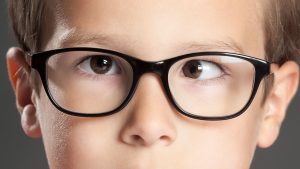Eye Examinations & Health
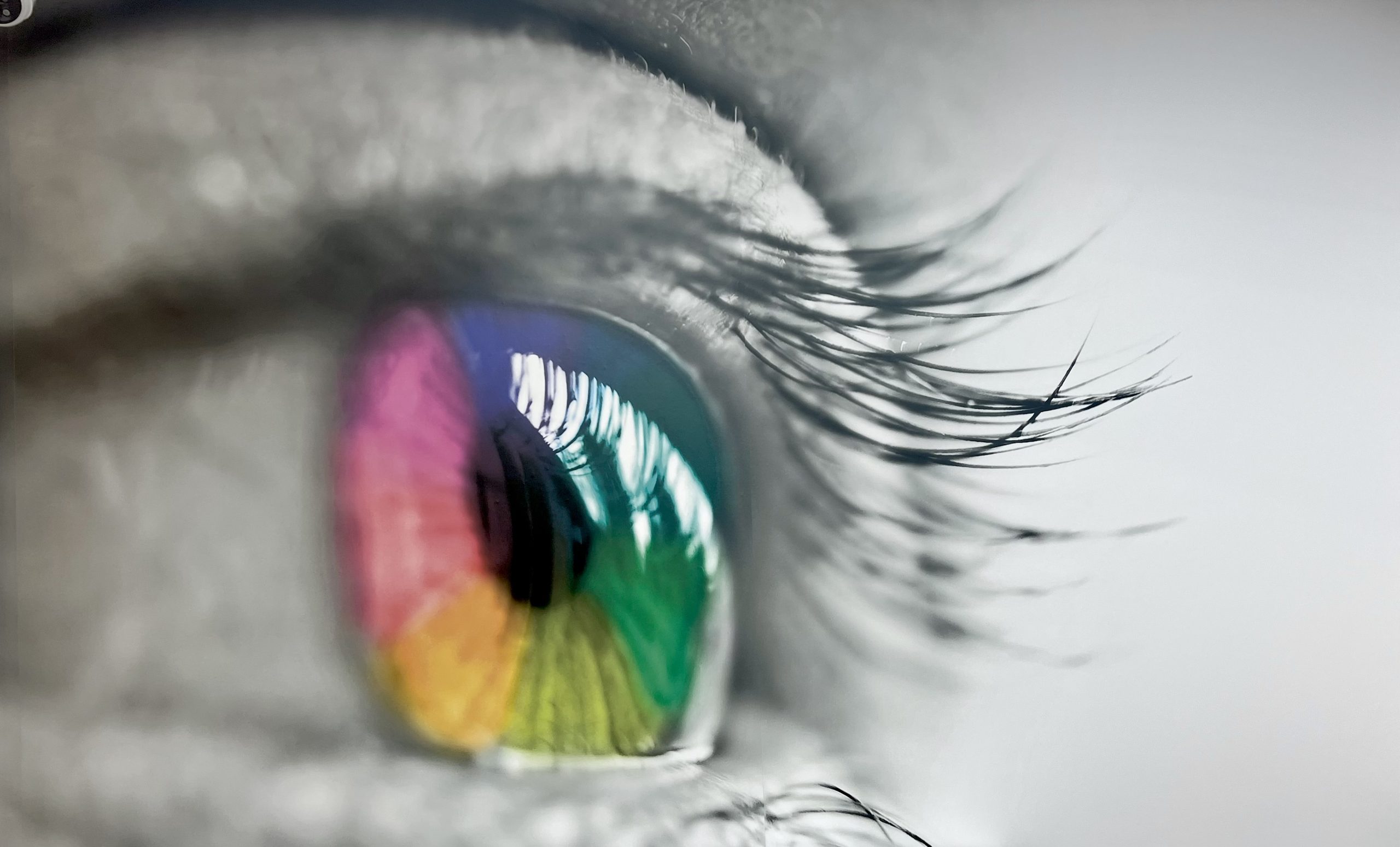
We offer a range of services including:
Please allow 30 minutes for eye examination appointments.
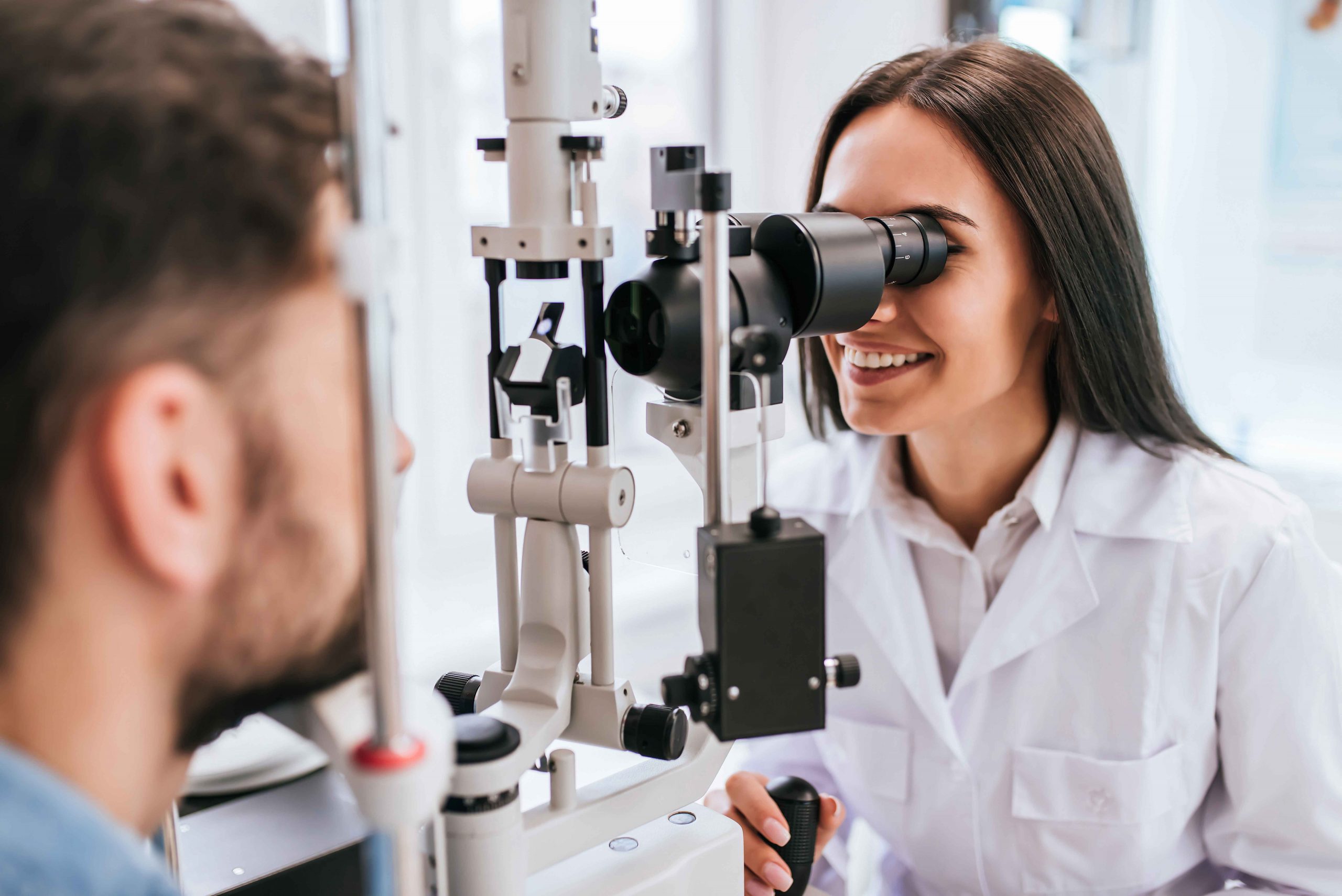
We are accredited in performing CUES (Community urgent eyecare services) appointments for patients who require urgent eye care if they develop the following symptoms:
Common vision problems:
Myopia
Hyperopia
Astigmatism
Presbyopia
Common Eye conditions:
Dry eye
Dry eye is a very common condition which usually presents with signs and symptoms such as irritation, soreness, burning, grittiness, watery eyes, itching, redness. Dry eye can occurdue to various factors such as age, hormonal changes, environment, VDU work, medication, previous ocular surgery. There are a range of treatments available to help minimise and resolve symptoms of dry eyes such as ocularlubricants, heat masks, supplements and environmental changes.
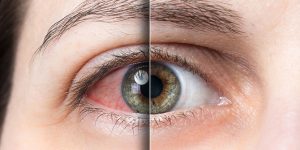
Cataracts
Cataracts occur when the natural lens within the eye becomes cloudy. There are many causes for the development of cataracts including age, general health, and sun exposure. Patients often find that their vision is not as sharp, appears more dull and they are more sensitive to light and glare. Our optometrist will assess the cataract to determine what precautions you can take to help ease any symptoms of vision blur or glare that you may be experiencing, and also refer you on to the appropriate service to have the cataracts removed.
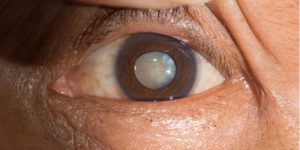
Age Related Macular Degeneration
ARMD is the leading cause of blindness in the United Kingdom. Patients are usually over 60 years of age and tend to experience a deterioration in their central vision either over a number of years (Dry AMD) or over a few weeks (Wet AMD). Routine eye examinations are important as we can detect early stages of AMD and offer advice on how to help protect the eyes, and what symptoms to watch out for. It is important to see your optometrist immediately if you develop a sudden drop in your central vision, distortion or a blind spot.
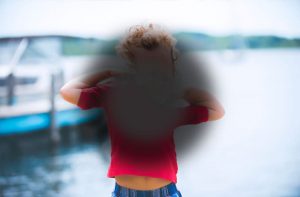
Glaucoma
Glaucoma usually happens in patients over the age of 40, however can happen to those who are younger. Glaucoma leads to a deterioration in our peripheral vision (tunnel vision), due to damage of the optic nerve behind the eyes. Commonly, the eye pressure tends to be elevated in patients with glaucoma. Usually, a patient would have no symptoms of early glaucoma. As part of your routine eye exam, we will conduct tests to ensure you are not at a greater risk of developing glaucoma. If we suspect you have early glaucoma, you will be referred to a specialise to help manage this condition and prevent any permanent sight loss.

Childrens eye health: Strabismus /Amblyopia
Amblyopia (or more commonly known as a ‘lazy eye’) develops before the age of 7. Parents can notice that one eye may appear to be turned in or out, constantly or intermittently. Children also object to having their stronger eye covered as they struggle to see from the weaker eye. If amblyopia is detected early, the prognosis is usually better. This condition is managed by wearing glasses, and also being under an orthoptist at the hospital where some children may also be advised to wear an eye patch over their stronger eye to help strengthen the weaker eye.
